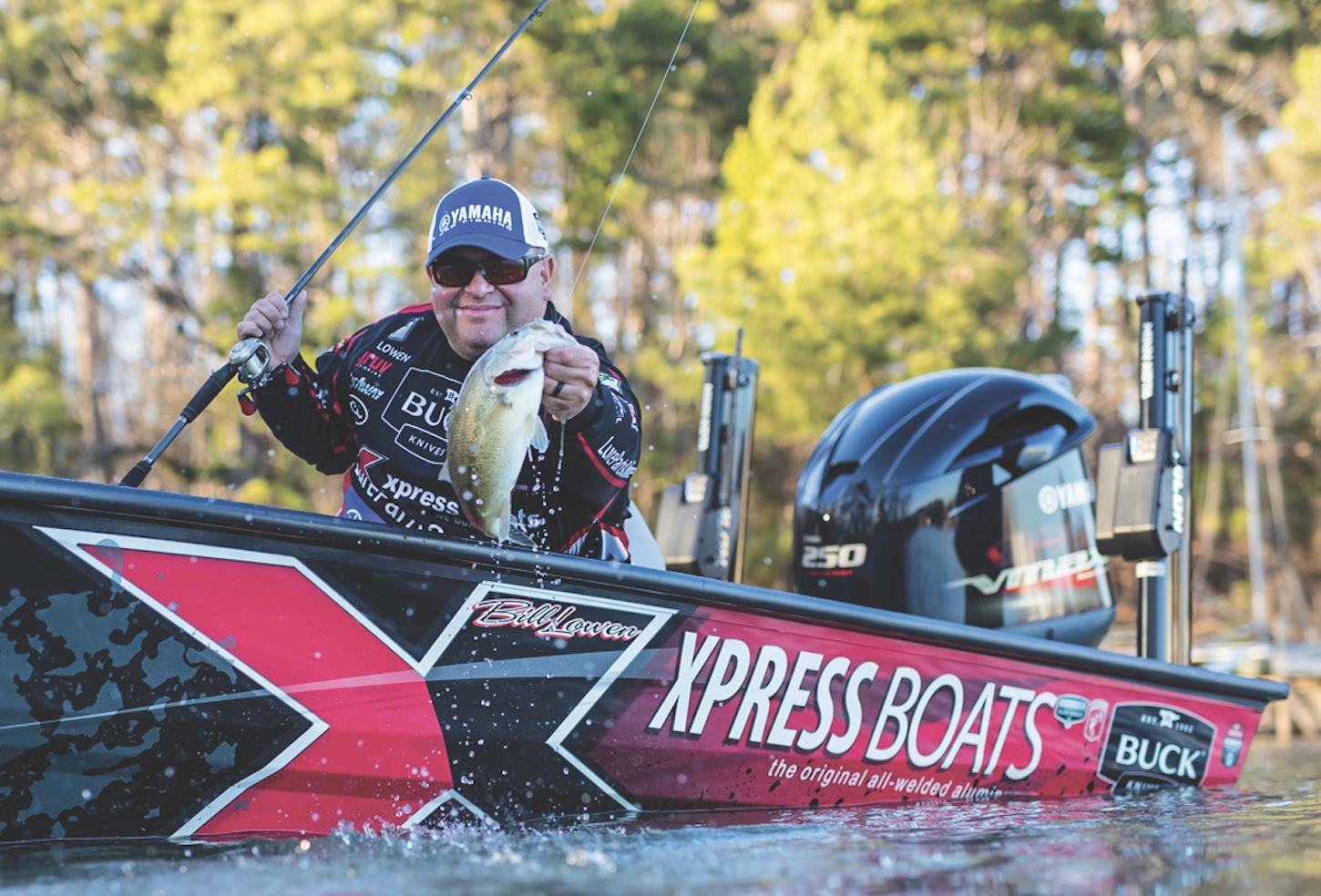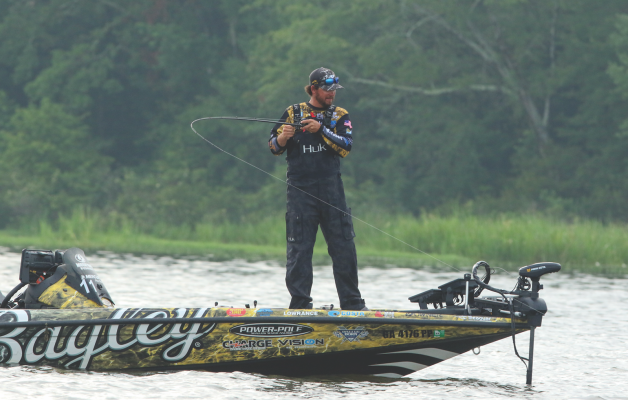
One of the best patterns for fishing late spring and early summer bass is the shad spawn. But it isn’t always easy. As good as fishing can be when you find bass feeding on spawning shad, locating them can be tricky.
“You have to really know your lake or luck into it when you’re riding around in early morning,” said Florida pro Koby Kreiger. “It’s a risky business because they will be one place one day and gone the next. It’s tough to build a multiple-day tournament pattern just around the shad spawn, but you can certainly add fish to the livewell when you do find them.”
The good news is that shad spawn around shallow, visible cover, and the bass seemingly always know when and where.
The daily period is short lived, but when you find them, you can load the boat in a hurry.
The shad spawn begins sometime from late March through early summer, depending upon the part of the country you’re fishing. Although not cast in stone, it’s typically triggered by water temperature. For gizzard shad, the spawn can occur when the water is as low as 57 degrees or as warm as 75. Threadfin shad will spawn multiple times between 66 and 75 degrees.
Once they’ve deposited their eggs, the adult shad leave the area. The eggs stick to the first hard thing they
touch and will hatch within three days. The young will leave the shallows shortly after that. Full moon periods tend to intensify the spawn.
The key is to be an early riser and on the water before first light. The baitfish spawn during the night and low-light periods, but the activity stops once the sun begins to cast light across the lake. “It will last longer if you have a little cloud cover, but generally you’ve got a one-hour window when the fishing can be very good,” says Bassmaster Elite Series pro Bill Lowen.
Recognizing it before the sun comes up is tricky, but birds — herons, gulls and other fish-eating fowl — will clue you in. If you see multiple herons sitting on a bank or gulls working an area, you can bet the shad are spawning there. “You may see shad flitting on the surface, but you have to be close enough to recognize that,” explained Alabama pro Russ Lane. “But the birds are your best clue.”
Shad prefer to spawn around shallow vegetation, but if none is available, they will use hard surfaces, such as riprap, floating boat docks, seawalls or chunk rock banks.
“I think they’re easier to find on Florida grass lakes because all you have to do is ride around and look for birds around the grass edges,” offered Kreiger. If you get close to a spawning area and the water is calm, you will see shad swimming wildly in big groups, banging into each other and depositing their eggs on the bottom. The bass like to run the shad toward an object where they can pin them and eat more effectively.





